Haukadalur Geothermal Field
This valley of hot springs and boiling mud pots is home to the record-holding "Geysir," which originated the English word.
The Haukadalur valley in southern Iceland has a regular floor show with just about everything going for it. It performs on time, it’s flashy, it’s ancient, and it won’t cost you anything. There are a couple of real show-stoppers who go by the names of Geysir and Strokkur—one is the old pro, the other, you might say is the understudy.
Geysir and Strokkur are a couple of erupting hot springs, or geysers, in the Haukadalur geothermal field, north of Iceland’s Laugarvatn Lake.
The bigger of the two is Geysir (we get the English word from him, a derivative of an Old Norse word for “gush”), but he’s been a little shy about his star power recently, only spouting off sporadically. Strokkur, on the other hand, can’t contain himself, erupting reliably every 10 or 15 minutes, every day and night. There are other, smaller, geysers scattered around the field, as well as mineral springs and mud pots (a boiling slurry of geothermal water and dissolved minerals, rock and anything that happens to fall in).
Although they’ve probably been active for 10,000 years or more, the hot springs of Haukadalur were first noted by Europeans back in the late 13th century, when the field erupted in geothermal activity after an earthquake. Starting in the 18th century the tourists came, looking for mineral baths, therapeutic mud, and just to watch the geysers blow.
Geysir has been quiet recently, but its eruption in 2000 of over 400 feet (122 m) holds the record for the highest known geyser blast of all time. His understudy, Strokkur, has more recently taken over the show. A little smaller, a little less experienced, but a whole lot more dependable.
Visit during the winter months to catch the pale winter sun illuminating the steam shot into the air by the geysers. The short hours of weak sunlight mean you’ll get a glimpse of the stunning shades of orange and pink that you might not see during the summer.
Know Before You Go
Geysir, Strokkur and the geothermal field is about 95 miles (60 km) east of Reykjavík, accessible via Þingvallavegur. The area is public property, so it's open for viewing 24/7. There's a hotel, Geyser Center and campground all nearby, with a few restaurants offering hearty Icelandic food. Along with Þingvellir National Park, Gullfoss waterfall and Kerið volcanic crater, the Geysir Geothermal Area is part of the well-known Iceland Golden Circle tourist route.




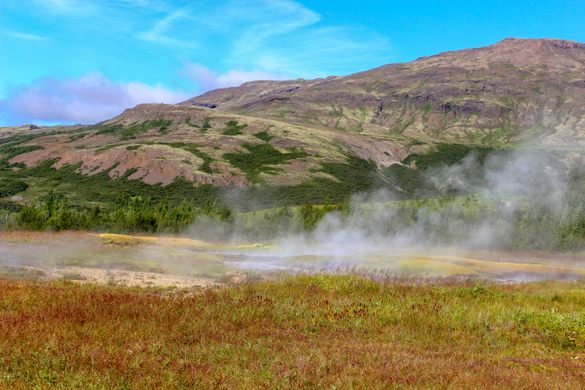








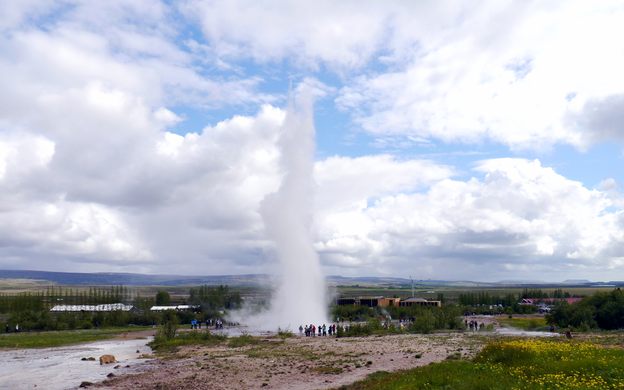




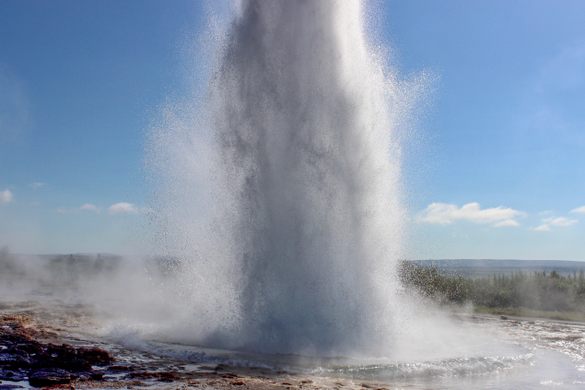

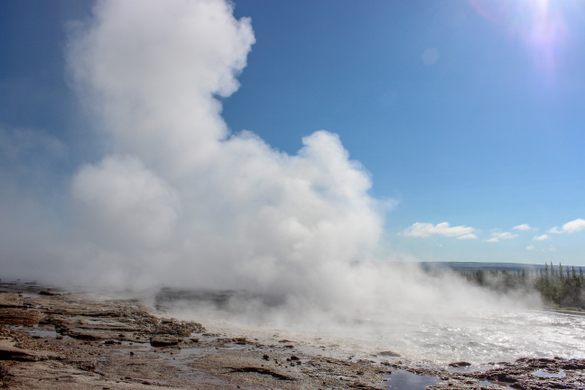
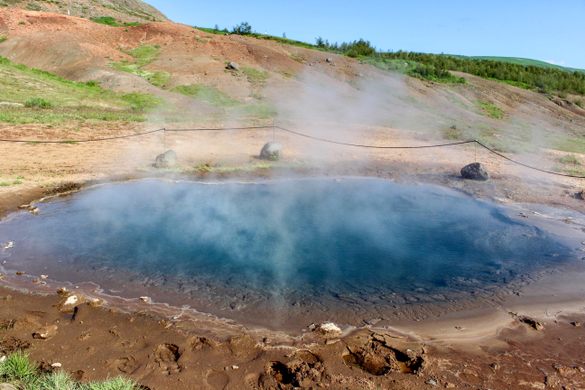
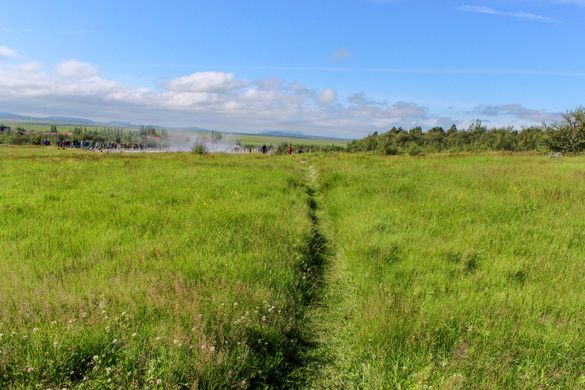
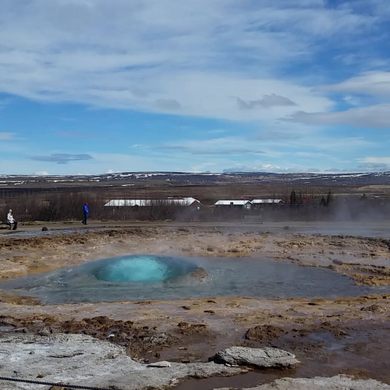
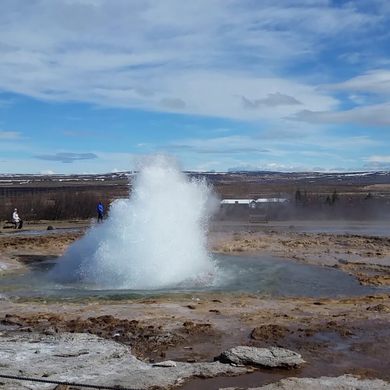
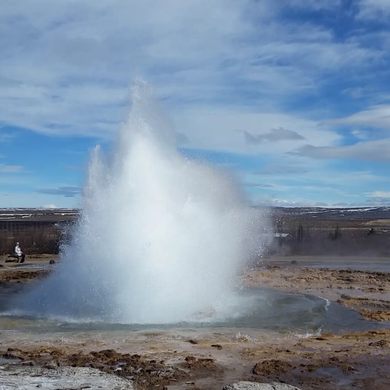



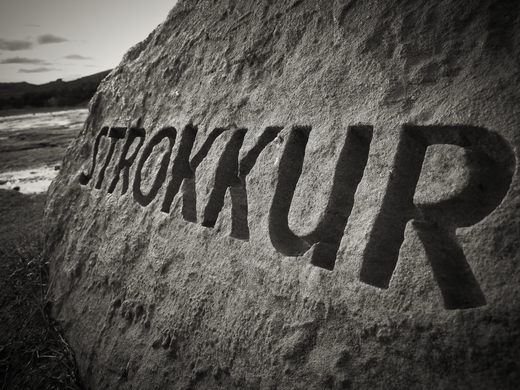










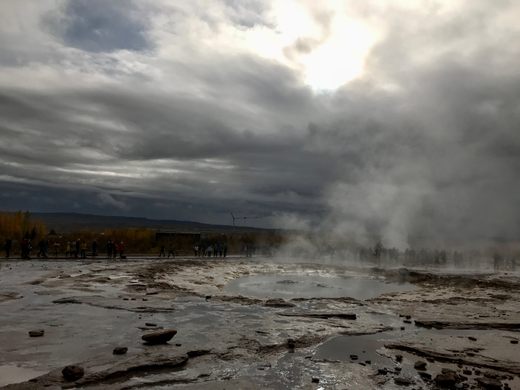
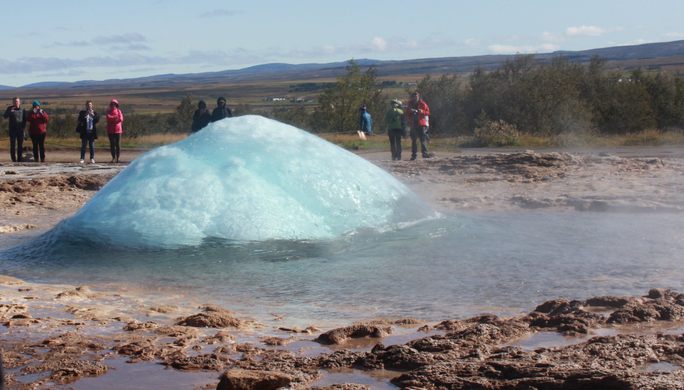































Follow us on Twitter to get the latest on the world's hidden wonders.
Like us on Facebook to get the latest on the world's hidden wonders.
Follow us on Twitter Like us on Facebook